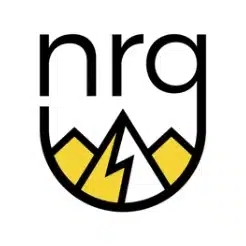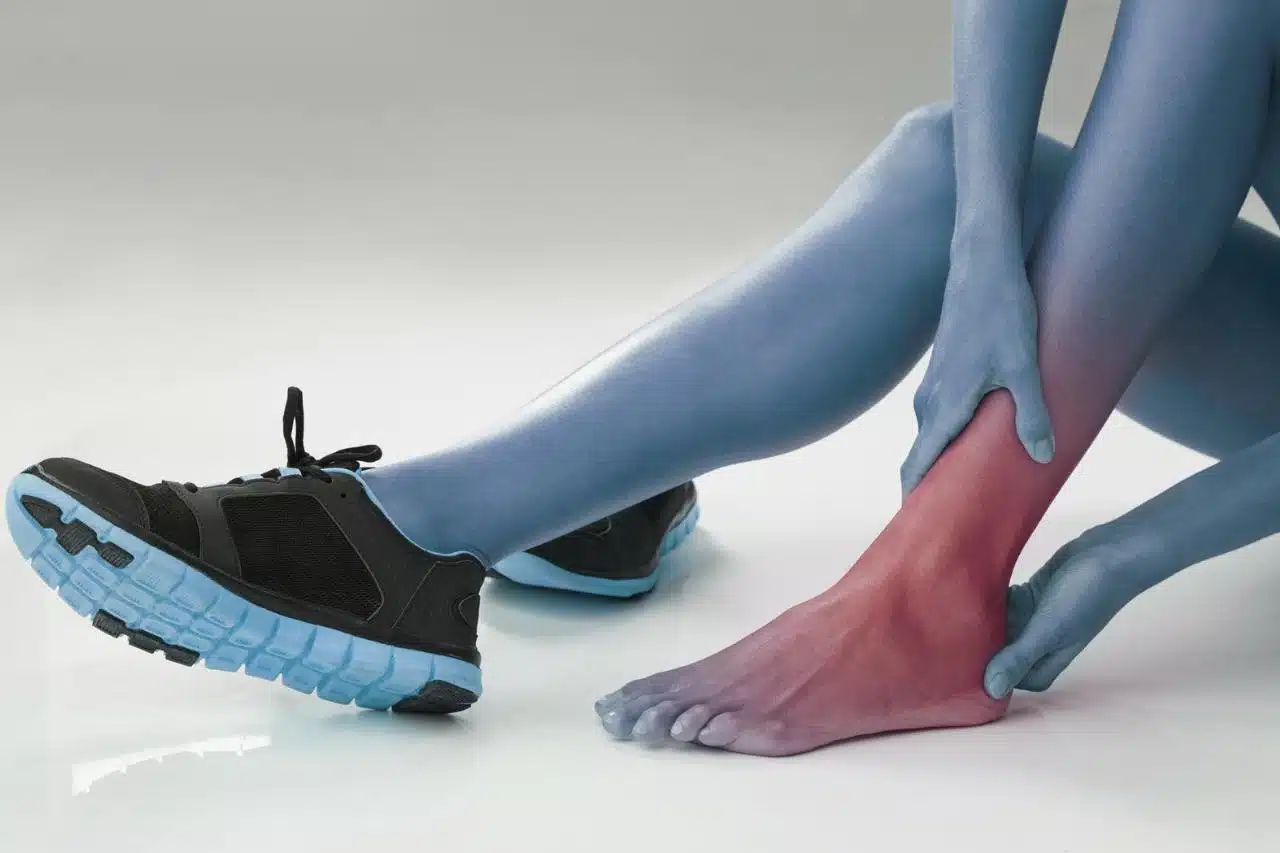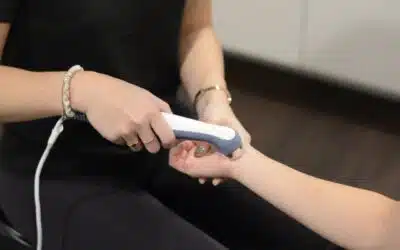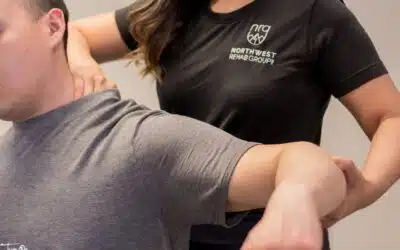I. Introduction
Sports injuries are injuries that occur during sports or athletic activities. These injuries can happen to anyone who participates in sports, from amateur to professional athletes. A variety of factors, such as overuse, accidents, or improper technique, can cause sports injuries.
It is important to treat sports injuries because they can have a significant impact on an athlete’s performance and overall health. Untreated injuries can lead to chronic pain, reduced mobility, and increased risk of re-injury. In some cases, they can even end an athlete’s career.
Physiotherapy plays a crucial role in the treatment of sports injuries. Physiotherapists are experts in movement and function and can help athletes recover from injuries and return to their sport safely. Physiotherapy treatment for sports injuries can involve a range of techniques such as exercise, manual therapy, and education on injury prevention. By working closely with athletes, physiotherapists can create individualized treatment plans that address each athlete’s specific needs and goals. Overall, physiotherapy can help athletes recover from injuries faster and with a lower risk of re-injury.
II. Common sports injuries
Sports injuries can vary in severity and location, and the treatment can depend on the specific injury. Here are some of the most common sports injuries:
- Sprains: A sprain is an injury to a ligament, which is the connective tissue that connects bones to each other. Sprains typically occur in the ankle, knee, or wrist and can range from mild to severe.
- Strains: A strain is an injury to a muscle or tendon, which is the tissue that connects muscles to bones. Strains can occur in any muscle but are most common in the hamstring and lower back muscles.
- Tendinitis: Tendinitis is an inflammation of a tendon, which can be caused by overuse or repetitive movements. It commonly affects the Achilles tendon, elbow, and shoulder.
- Fractures: A fracture is a break in a bone, which can occur due to an acute injury or repetitive stress. Fractures can range from hairline cracks to complete breaks and can occur in any bone.
- Dislocations: A dislocation occurs when a bone is forced out of its normal position in a joint. Dislocations can cause significant pain and swelling and require prompt treatment.
- ACL tears: The anterior cruciate ligament (ACL) is a ligament in the knee that is commonly injured during sports. ACL tears can range from mild to severe and can require surgery and physiotherapy to recover fully.
It’s important to note that these are just a few examples of common sports injuries, and many other injuries can occur during sports and athletic activities. Each injury requires a specific treatment plan, and physiotherapists can work with athletes to develop a customized plan to help them recover fully.

III. The process of physiotherapy treatment
Physiotherapy treatment for sports injuries typically follows a specific process:
- Initial evaluation: The first step in treating a sports injury with physiotherapy is to perform an initial evaluation. During this evaluation, the physiotherapist will assess the athlete’s range of motion, strength, and flexibility, as well as the severity and location of the injury.
- Developing a treatment plan: Based on the initial evaluation, the physiotherapist will develop a customized treatment plan for the athlete. The plan may include specific exercises, manual therapy, or modalities such as heat or ice.
- Exercise and rehabilitation: Exercise and rehabilitation are key components of physiotherapy treatment for sports injuries. The physiotherapist will develop an exercise plan to help the athlete recover strength and flexibility in the injured area. Rehabilitation exercises may include stretching, resistance training, and other exercises to help the athlete regain function and mobility.
- Pain management: Pain is a common symptom of sports injuries, and managing pain is an important part of the treatment process. The physiotherapist may use techniques such as manual therapy, heat or ice therapy, or electrical stimulation to help manage pain.
- Injury prevention: Once the athlete has recovered from the injury, the physiotherapist will work with them to develop a plan for injury prevention. This may include exercises to strengthen the muscles surrounding the injured area or education on proper technique and form during athletic activities.
Overall, physiotherapy treatment for sports injuries involves a comprehensive approach that focuses on helping athletes recover from their injuries and prevent re-injury. By working closely with physiotherapists, athletes can recover faster and more fully from their injuries, allowing them to confidently return to their sport.
IV. Benefits of physiotherapy in treating sports injuries
There are several benefits of physiotherapy in treating sports injuries:
- Pain reduction: Physiotherapy can help reduce pain associated with sports injuries through techniques such as manual therapy, modalities like heat or ice therapy, or electrical stimulation. By managing pain, athletes can recover more comfortably and return to their sport sooner.
- Faster recovery time: Physiotherapy treatment can help athletes recover from sports injuries faster. Through targeted exercises and rehabilitation techniques, athletes can regain strength and flexibility in the injured area, leading to quicker recovery.
- Improved mobility and function: Sports injuries can often cause limited mobility and reduced function in the injured area. Physiotherapy can help athletes regain mobility and function in the injured area through specific exercises and manual therapy. This can help athletes return to their sport with full function and mobility.
- Reduced risk of re-injury: One of the primary goals of physiotherapy in treating sports injuries is to prevent re-injury. By working with athletes to develop a plan for injury prevention, physiotherapists can help reduce the risk of the athlete experiencing the same injury again in the future.
Overall, physiotherapy can provide athletes with a range of benefits in treating sports injuries. By reducing pain, speeding up recovery time, improving mobility and function, and reducing the risk of re-injury, physiotherapy can help athletes recover fully from their injuries and return to their sport with confidence.
V. Case studies Examples of successful physiotherapy treatment for sports injuries
Here are some real-life case studies that demonstrate the effectiveness of physiotherapy treatment for sports injuries:
- Case study #1: Soccer player with an ACL tear
- A 24-year-old male soccer player suffered a complete ACL tear during a game. He underwent surgery to repair the ACL and began physiotherapy treatment immediately following the surgery. His treatment plan included exercises to regain range of motion and strength in the knee, manual therapy, and pain management techniques. He also received education on proper form and technique to help prevent future injuries. After six months of physiotherapy, he was able to return to playing soccer with full function and mobility in his knee.
- Case study #2: Runner with a stress fracture
- A 35-year-old female runner developed a stress fracture in her shin after increasing her training too quickly. She began physiotherapy treatment immediately to help manage pain and promote healing. Her treatment plan included exercises to help support the healing process, manual therapy, and education on proper running technique and form. After eight weeks of physiotherapy, she was able to return to running with no pain and a reduced risk of re-injury.
Comparing outcomes with and without physiotherapy can be challenging since each injury is unique, and the healing process varies from person to person. However, a study published in the Journal of Orthopaedic & Sports Physical Therapy compared the outcomes of ACL reconstruction surgery with and without physiotherapy. The study found that patients who received physiotherapy following surgery had better outcomes in terms of pain reduction, strength, function, and mobility compared to those who did not receive physiotherapy.

Overall, case studies and research studies demonstrate the effectiveness of physiotherapy in treating sports injuries. By providing individualized treatment plans, education on injury prevention, and ongoing support, physiotherapy can help athletes recover fully from injuries and reduce the risk of future injuries.
VI. Conclusion
In conclusion, physiotherapy plays a crucial role in the treatment of sports injuries. By providing individualized treatment plans and ongoing support, physiotherapists can help athletes recover from injuries faster and with a lower risk of re-injury. Through techniques such as exercise, manual therapy, and pain management, physiotherapy can help athletes reduce pain, improve function and mobility, and prevent future injuries.
As such, athletes who have suffered sports injuries should seek physiotherapy treatment to help them recover fully and safely.
Physiotherapists can work with athletes to develop customized treatment plans that address each athlete’s specific needs and goals, helping them to return to their sport with confidence.
Looking to the future, there are ongoing advancements in physiotherapy treatment for sports injuries. New techniques and technologies are being developed to help athletes recover more quickly and effectively from injuries. Additionally, research is being conducted to better understand the mechanisms of injury and improve injury prevention strategies.
In summary, physiotherapy is a critical component in the treatment of sports injuries. Athletes who have suffered injuries should seek physiotherapy treatment to help them recover and prevent future injuries. As research continues to advance in the field of physiotherapy, we can expect to see even better outcomes for athletes in the future.
The references to support the claims made in the article:
Definition of sports injuries:
- American Academy of Orthopaedic Surgeons. (n.d.). Sports injury. https://orthoinfo.aaos.org/en/diseases–conditions/high-school-sports-injuries/
The role of physiotherapy in treating sports injuries:
- American Physical Therapy Association. (2022). Sports physical therapy.
Benefits of physiotherapy in treating sports injuries:
- American Academy of Physical Medicine and Rehabilitation. (n.d.). Sports injury rehabilitation.
Case studies:
- Grindem, H., Eitzen, I., Engebretsen, L., Snyder-Mackler, L., Risberg, M. A. (2014). Nonsurgical or surgical treatment of ACL injuries: Knee function, sports participation, and knee re-injury. Journal of Orthopaedic & Sports Physical Therapy, 44(10), 736-744.
- Physiotherapy Alberta College + Association. (n.d.). Case studies.
Clinical Sports Medicine by Peter Brukner and Karim Khan
Therapeutic Exercise: Foundations and Techniques by Carolyn Kisner and Lynn Allen Colby
Sports Rehabilitation and Injury Prevention by Paul Comfort and Earle Abrahamson






0 Comments